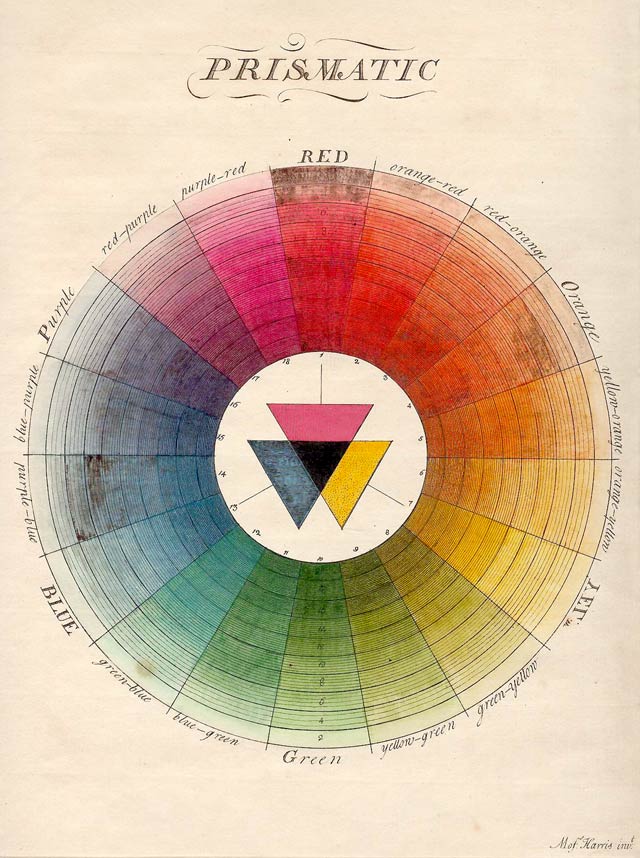Spinning in Infinity (2014)
for orchestra (3.3.3.3 / 4.3.3.1 / timp / 3 perc. / harp / piano / keyboard / strings [14.12.10.8.6]) [15:00]
The central image of Spinning in Infinity is that of a spiral. First off, in its formal trajectory: an outward spin from a dense core. Layers of gesture, color, and harmony, at first too tightly superimposed to be clearly perceived, steadily separate into distinct layers. Like a child’s pinwheel, a blur becomes a series of discrete colors as energy slows—an effect inspired in part by the first few hundred pages of David Foster Wallace’s Infinite Jest, wherein exposition precedes development as multiple interlaced narratives battle for prominence, threatening at any moment to fork into sub- episodes or to take over as the principal thread…
 Within this incremental expansion, material stretches to fill its ever-increasing allotment of space. A loud attack in the brass grows into a chord, then a chorale, which in turn fans out into a dense polyphonic texture, ultimately spreading into separate and successive voices. Accompanying this measured stratification is an ever-sharper focus on detail—as if the dilation allows a progressively closer view,zooming from aerial to microscopic. Solo lines split into canons, refracted replies with minute distortions, or come into so sharp a focus that secondary timbres begin to emerge. Isolated clicks becomes clouds of percussive sounds; arpeggios are disassembled into single notes. The overall shape results from a multi-layered network overlaying many such patterns, splintering into fractals, vectors towards the infinite…
Within this incremental expansion, material stretches to fill its ever-increasing allotment of space. A loud attack in the brass grows into a chord, then a chorale, which in turn fans out into a dense polyphonic texture, ultimately spreading into separate and successive voices. Accompanying this measured stratification is an ever-sharper focus on detail—as if the dilation allows a progressively closer view,zooming from aerial to microscopic. Solo lines split into canons, refracted replies with minute distortions, or come into so sharp a focus that secondary timbres begin to emerge. Isolated clicks becomes clouds of percussive sounds; arpeggios are disassembled into single notes. The overall shape results from a multi-layered network overlaying many such patterns, splintering into fractals, vectors towards the infinite…
 Another key concept is the color wheel: a cyclical and gradual change of timbre that can be heard on many levels, from antiphonal exchanges between families of instruments to fluid, kaleidoscopic orchestrations, waves that bounce between the electronics and orchestra. Often these swirls are translations of spiral-shaped ventures through timbre space—between brass and winds, for example, or between bright and dull, pitch and noise…
Another key concept is the color wheel: a cyclical and gradual change of timbre that can be heard on many levels, from antiphonal exchanges between families of instruments to fluid, kaleidoscopic orchestrations, waves that bounce between the electronics and orchestra. Often these swirls are translations of spiral-shaped ventures through timbre space—between brass and winds, for example, or between bright and dull, pitch and noise…
Electronics throughout supply the orchestra with sounds that are beyond the capabilities of acoustic instruments, and consist primarily of pre- recorded samples that are chosen and retuned in real-time using CataRT, a concatenative synthesis tool developed at IRCAM. These samples often create a microtonal accompaniment that fuses with the live sound, thanks to a set of speakers embedded amongst the players, creating a sort of augmented orchestra whose dimensions are in constant flux: a dozen microtonal flutes can appear from nowhere, replaced the next second by a brass choir s
haded by an unreal arsenal of mutes, or a peal of chimes triggered by a single live percussionist—waves of color in constant motion that evoke the simultaneous cyclical and directional unfolding of time, perpetually reeling between past and future…